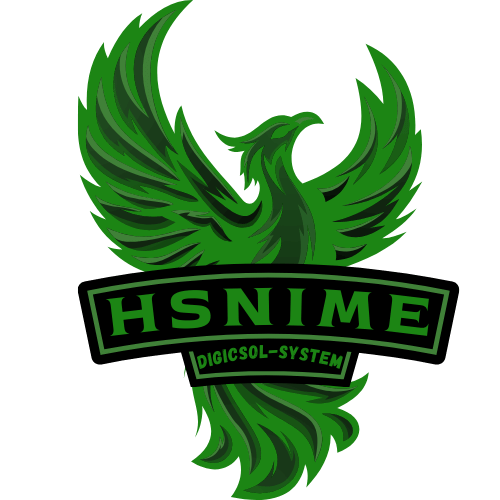The Fourth Industrial Revolution, characterized by the fusion of digital and physical systems, has brought the Industrial Internet of Things (IIoT) to the forefront of technological advancements. IIoT development services are transforming industries by enabling smart manufacturing, predictive maintenance, and real-time monitoring, thereby driving efficiency and innovation. This article explores the significance of industrial IoT development services, their benefits, key considerations, and the process involved in crafting bespoke IIoT solutions.
Contents
Understanding Industrial IoT Development Services
Industrial IoT development services involve creating tailored IoT solutions specifically designed for industrial applications. These services encompass the entire lifecycle of IIoT solutions, from design and development to deployment and maintenance. IIoT connects machinery, devices, and systems in manufacturing plants, energy grids, logistics networks, and other industrial settings, enabling them to communicate, collect data, and optimize operations.
The Benefits of Industrial IoT Development Services
- Enhanced Operational Efficiency: IIoT solutions streamline industrial processes, reduce downtime, and optimize resource utilization, leading to significant improvements in operational efficiency.
- Predictive Maintenance: IIoT enables predictive maintenance by monitoring equipment in real-time and analyzing data to predict failures before they occur, reducing unplanned downtime and maintenance costs.
- Improved Safety and Compliance: IIoT enhances workplace safety by monitoring hazardous conditions and ensuring compliance with industry regulations through automated reporting and real-time alerts.
- Data-Driven Decision Making: IIoT solutions provide real-time data and analytics, empowering businesses to make informed decisions, improve process control, and increase productivity.
- Scalability and Flexibility: Custom IIoT solutions are scalable and can be adapted to the evolving needs of industrial operations, allowing for the integration of new technologies and processes.
- Energy Efficiency and Sustainability: IIoT helps industries reduce energy consumption and optimize resource usage, contributing to sustainability and cost savings.
Key Considerations for Industrial IoT Development
- Comprehensive Requirements Analysis: A thorough understanding of the specific industrial processes, challenges, and goals is essential to develop an effective IIoT solution. This includes detailed requirements gathering and stakeholder consultations.
- Robust Technology Stack: Selecting the right hardware, software, and communication protocols is crucial for building a reliable and efficient IIoT system. Considerations include scalability, security, and interoperability.
- Security and Data Privacy: Implementing robust security measures to protect sensitive industrial data is paramount. This includes encryption, secure communication, and regular security audits to mitigate risks.
- Integration with Legacy Systems: Ensuring seamless integration with existing industrial systems, machinery, and IT infrastructure is critical for the successful deployment of IIoT solutions.
- User-Centric Design: Developing intuitive and user-friendly interfaces for IIoT applications enhances user adoption and satisfaction. The design should prioritize usability, accessibility, and ease of operation.
The Process of Industrial IoT Development
- Discovery and Planning: Conduct a comprehensive needs assessment, define project objectives, and develop a detailed project plan. This phase includes feasibility studies and stakeholder consultations.
- Design and Prototyping: Create detailed design specifications, including system architecture, hardware components, and user interfaces. Develop prototypes to validate concepts and gather feedback.
- Development: Build the IIoT solution, including hardware development, software programming, and system integration. This phase involves iterative development and continuous testing.
- Testing and Validation: Conduct rigorous testing to ensure the IIoT solution meets all functional, performance, and security requirements. This includes hardware testing, software testing, and user acceptance testing.
- Deployment and Integration: Deploy the IIoT solution in the production environment, ensuring seamless installation and configuration of devices, networks, and software components.
- Maintenance and Support: Provide ongoing maintenance and support to address any issues, implement updates, and ensure the continued success and reliability of the IIoT solution.
Conclusion
Industrial IoT development services are revolutionizing the industrial sector by enabling smart, connected, and efficient operations. By leveraging tailored IIoT solutions, businesses can enhance operational efficiency, improve safety, and drive innovation.
With careful planning, collaboration, and execution, IIoT development services can deliver significant benefits and long-term value to industrial enterprises. By considering key factors such as requirements analysis, technology stack selection, security, integration, and user experience, organizations can embark on a successful IIoT development journey and pave the way for a smarter, more connected industrial future.






